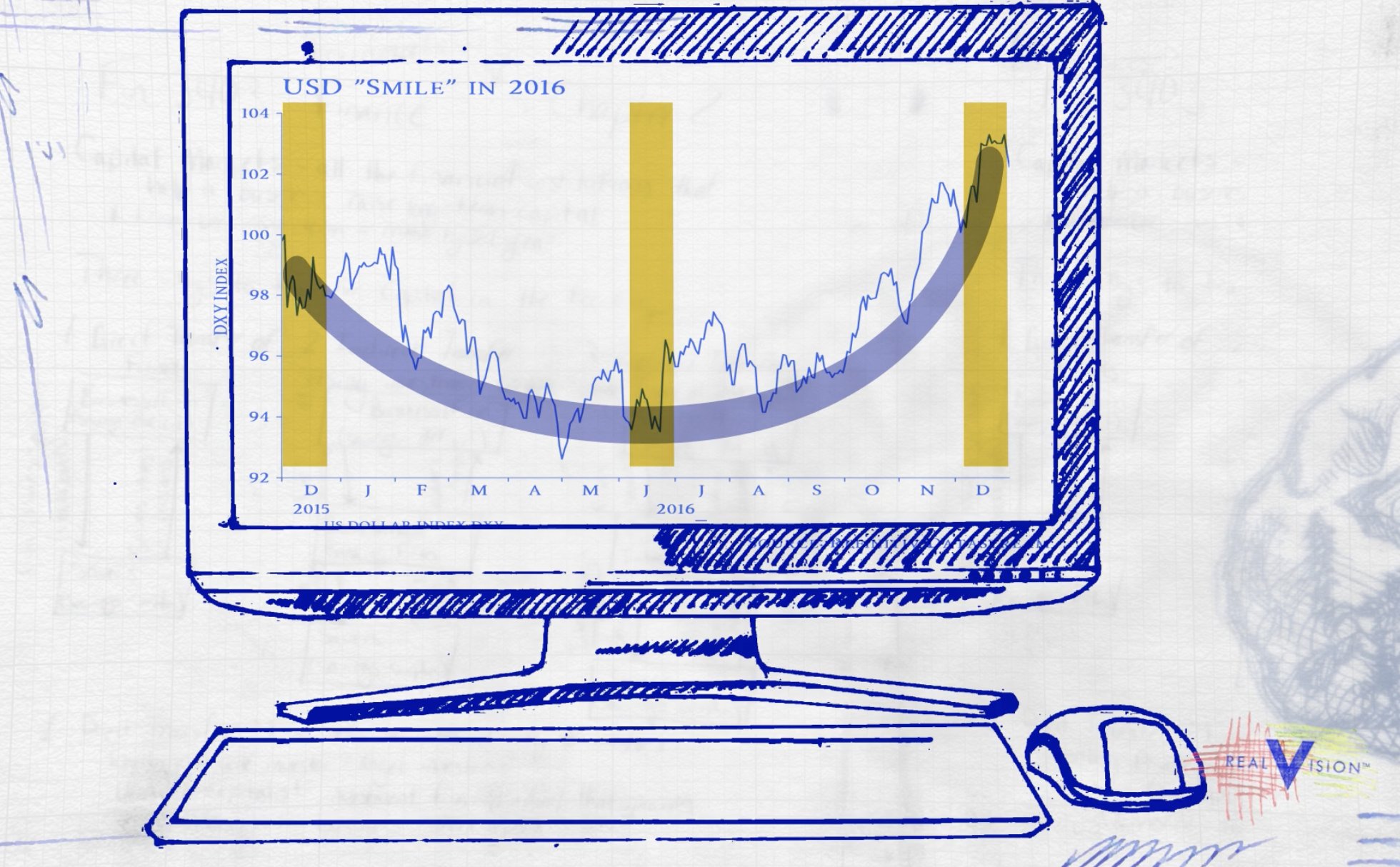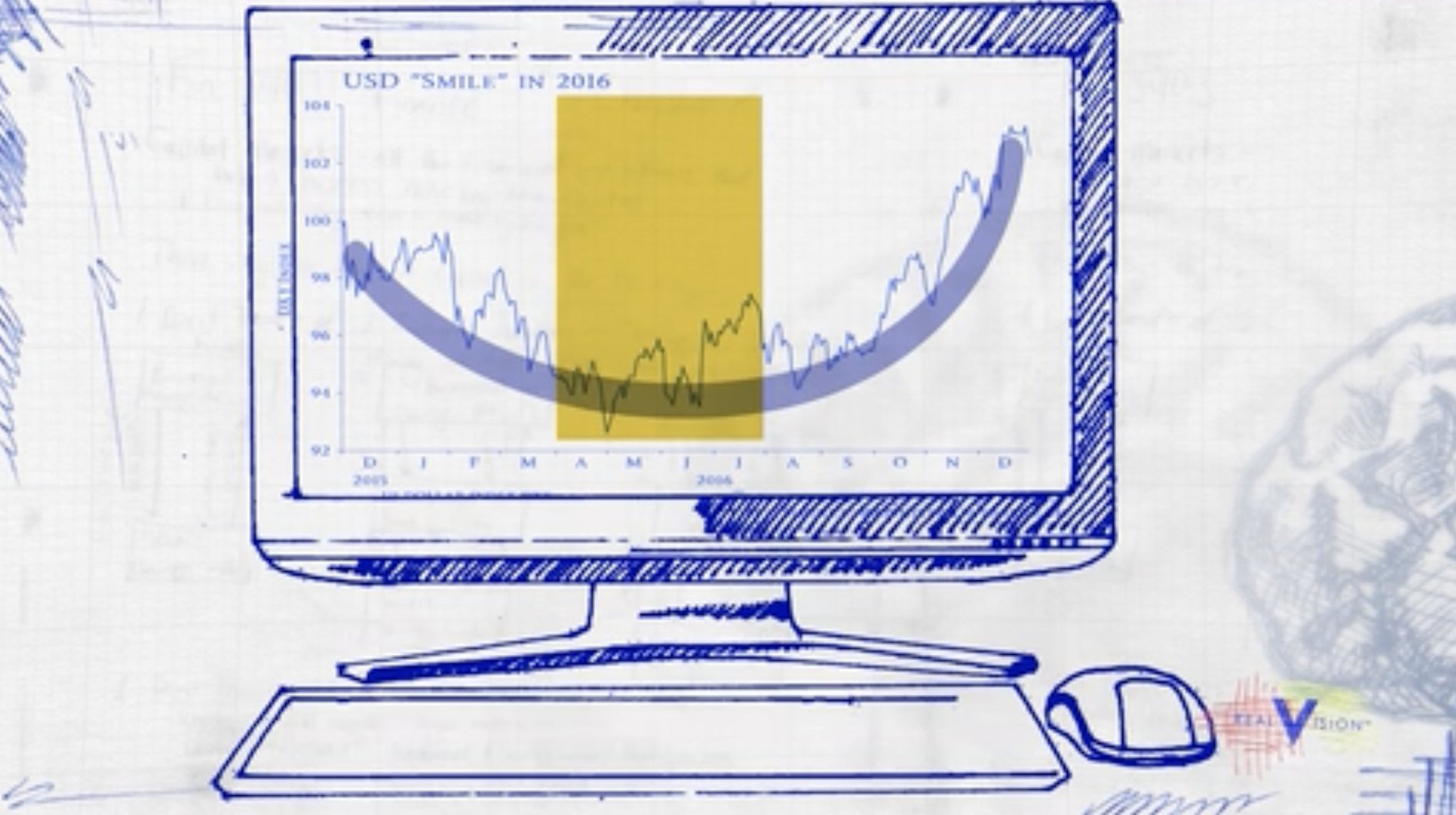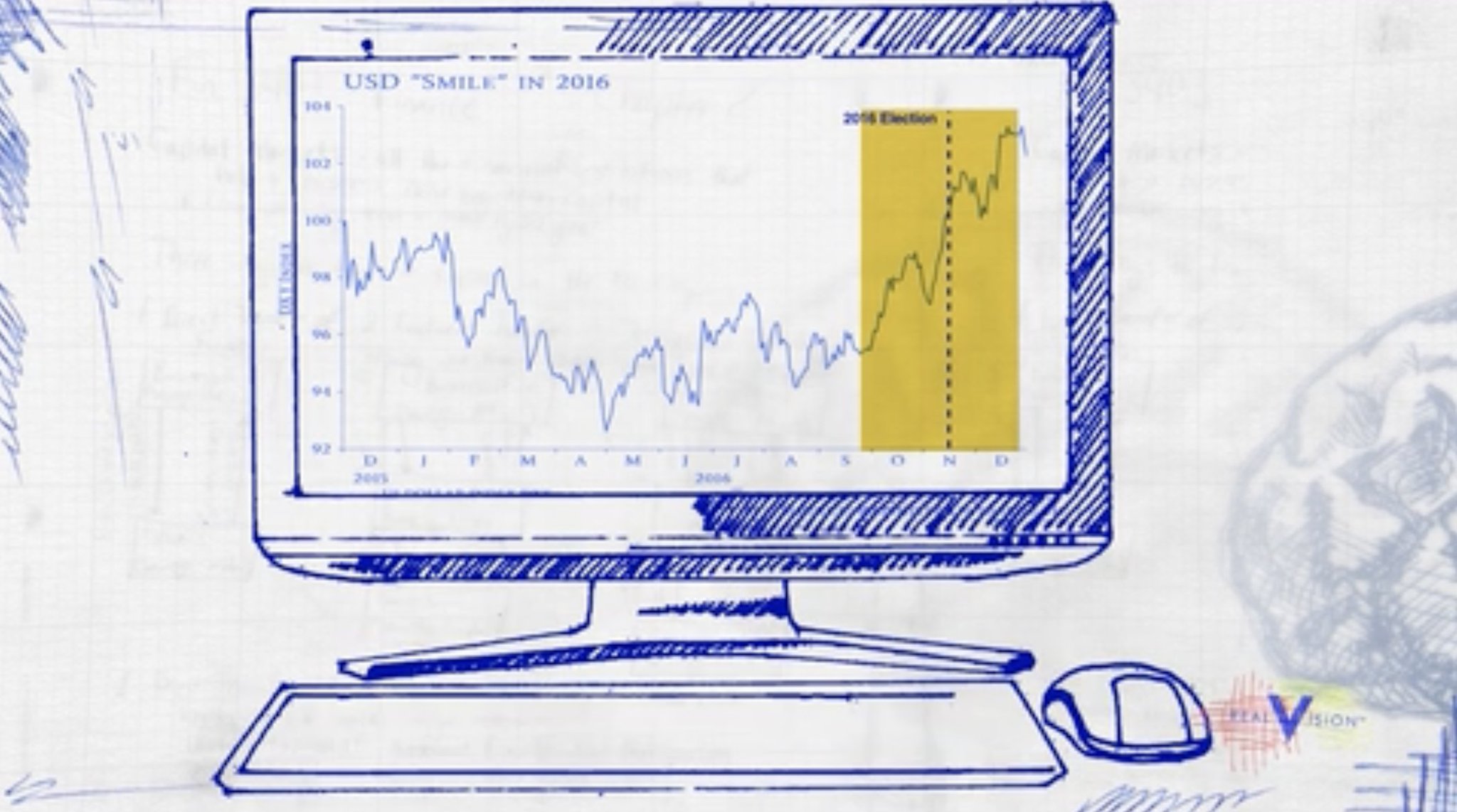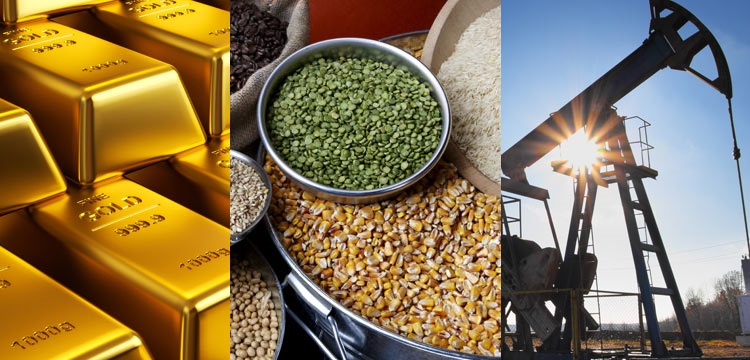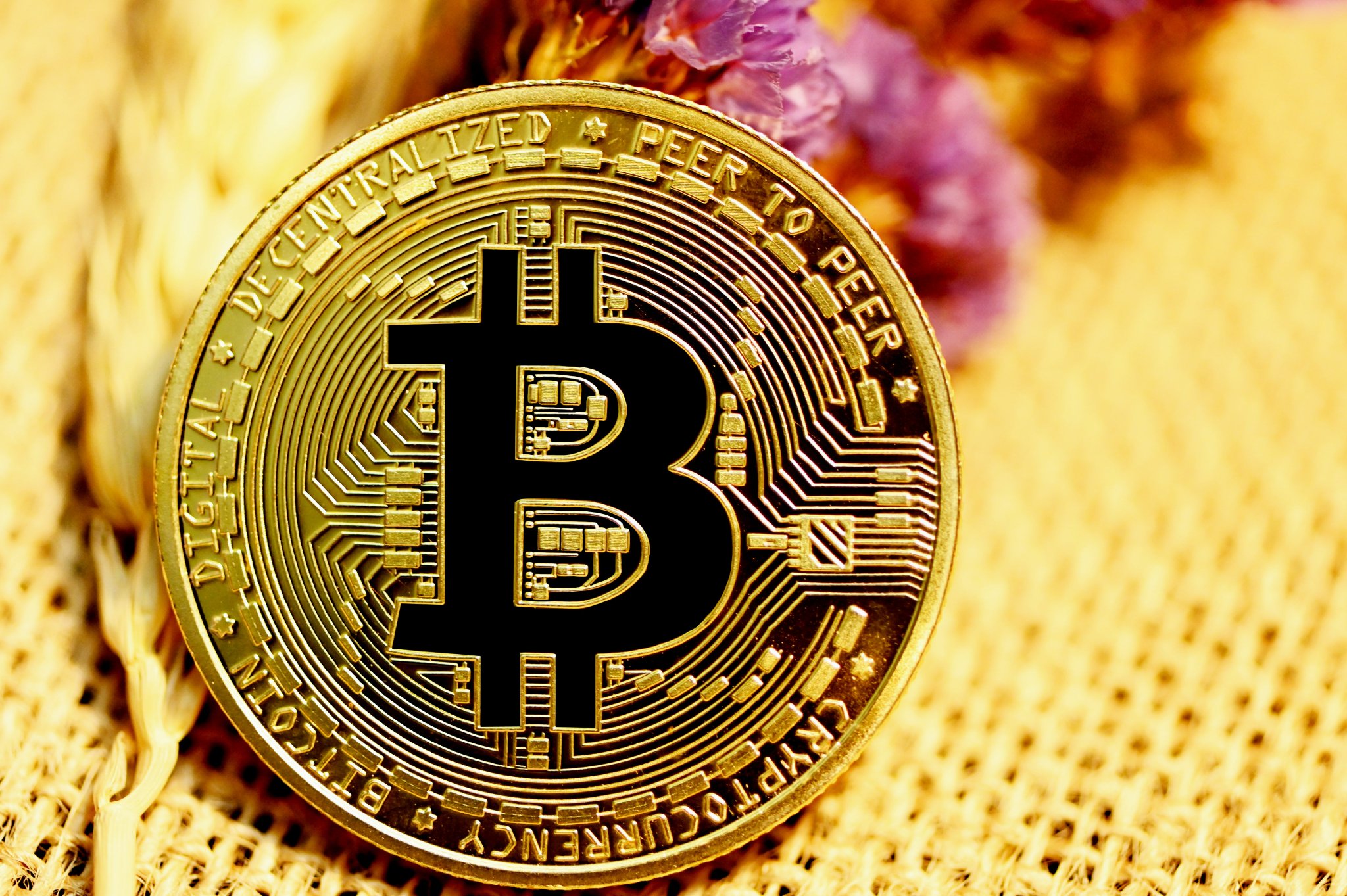Thread
The Power of The Dollar 🧵
[a thread for normies -like me]
[a thread for normies -like me]
Long periods of #dollar-strength often ended with massive financial dislocations like the Latin American #debt crisis of the 80s and the Asian crisis of the 90s.
Oppositely, long periods of a weakening dollar came with strong markets like between 2003-2007.
1/20
Oppositely, long periods of a weakening dollar came with strong markets like between 2003-2007.
1/20
Although the #USdollar is not itself an asset, cash is.
The dollar is the most common currency in which assets are quoted and exchanged in #financialmarkets and the economy.
It's the world's reserve currency (for now at least...) 2/ 20
The dollar is the most common currency in which assets are quoted and exchanged in #financialmarkets and the economy.
It's the world's reserve currency (for now at least...) 2/ 20
A stronger dollar is usually bad for global risk:
Financial conditions tighten and dollars are harder to come by, making things difficult for businesses and countries that rely on dollars for #investments, #commerce, and their #economy... 3/20
Financial conditions tighten and dollars are harder to come by, making things difficult for businesses and countries that rely on dollars for #investments, #commerce, and their #economy... 3/20
What's the big deal with the dollar if the US only accounts for ~16% of global #GDP?
- Up to 40% of trade invoices by non-US countries are in $USD
- 60%+ of #centralbank reserves are in USD (the 2nd is the $EUR with ~20%)
- Global derivatives transactions are priced in USD. 4/20
- Up to 40% of trade invoices by non-US countries are in $USD
- 60%+ of #centralbank reserves are in USD (the 2nd is the $EUR with ~20%)
- Global derivatives transactions are priced in USD. 4/20
Debt factor:
Many countries and non-US corporations have issued #debt in USD.
It's estimated that there are 13+ trillion dollars in cross-border debt (without counting off-balance sheet transactions)... 5/20
Many countries and non-US corporations have issued #debt in USD.
It's estimated that there are 13+ trillion dollars in cross-border debt (without counting off-balance sheet transactions)... 5/20
One way to analyze the relationship between the dollar and the markets is through Li Jen's #USDollar smile:
$DXY smile shows a strong dollar on both extremities and a weak dollar in its middle. 2016 is a great example of this framework... 6/20
$DXY smile shows a strong dollar on both extremities and a weak dollar in its middle. 2016 is a great example of this framework... 6/20
The dollar is strong during periods of uncertainty & #riskoff (late 2015 and early 2016).
The USD is weak in periods of global coordinated growth, making #emergingmarkets & commodity currencies outperform (mid-2016 when China injected lots of credit)... 7/20
The USD is weak in periods of global coordinated growth, making #emergingmarkets & commodity currencies outperform (mid-2016 when China injected lots of credit)... 7/20
The other side of the smile is a return to dollar strength (end of 2016 after the election of Donald Trump).
In fact, that period in late 2016 marked the peak in this $DXY cycle.
The dollar smile is a basic framework and the impact of the dollar goes deeper than this... 8/20
In fact, that period in late 2016 marked the peak in this $DXY cycle.
The dollar smile is a basic framework and the impact of the dollar goes deeper than this... 8/20
What happens in a real risk-off event where there's a mad scramble for dollars? 97's Asia crisis 👇
Asian #equitymarkets collapsed as the USD surged against their currencies. The contagion sent Russia into a #debtcrisis, which led to Long-Term Capital Management's downfall. 9/20
Asian #equitymarkets collapsed as the USD surged against their currencies. The contagion sent Russia into a #debtcrisis, which led to Long-Term Capital Management's downfall. 9/20
Emerging markets hold fewer dollars than in '97 but it's increasing due to China's dollar debt after a decade of credit-fueled growth and dollar-denominated corporate debt.
These two plus the increase of US #interestrates are putting some pressure on these positions... 10/20
These two plus the increase of US #interestrates are putting some pressure on these positions... 10/20
The source of the investment funds matters as much as the performance of the underlying market.
When the USD rises, returns from emerging market shares fall. US #investors start losing and begin to repatriate their capital even if the local economy is doing well... 11/20
When the USD rises, returns from emerging market shares fall. US #investors start losing and begin to repatriate their capital even if the local economy is doing well... 11/20
What about #commodities?
If they're priced in dollars, they become more expensive in their local currencies when the dollar strengthens, lowering demand.
On the other hand, when commodities are in demand, resource-rich emerging market economies perform well... 12/20
If they're priced in dollars, they become more expensive in their local currencies when the dollar strengthens, lowering demand.
On the other hand, when commodities are in demand, resource-rich emerging market economies perform well... 12/20
Remember that a rising USD becomes a headache for markets that are reliant on accessing cheap dollars.
Alternately, back in the mid-2000's when #crudeoil was around $150 and dollars were relatively cheap, leverage was easy, and #China was sucking up all #rawmaterials... 13/20
Alternately, back in the mid-2000's when #crudeoil was around $150 and dollars were relatively cheap, leverage was easy, and #China was sucking up all #rawmaterials... 13/20
The last time a surging dollar coincided with high oil prices was in 2014, which was one of the dynamics that led to the US profits #recession of 2015... 14/20
So what the hell is going on with the #USD? The "wrecking ball cycle" as explained by .@RaoulGMI 15/20
Are you new to Brent Johnson's (.@SantiagoAuFund) '#Dollar Milshake Theory'?
A central bank-led vicious spiral that could quickly destabilize #financialmarkets...
👇 Masterfully explained on .@RealVision 16/20
www.youtube.com/watch?v=xxzy3sLs4Bs
A central bank-led vicious spiral that could quickly destabilize #financialmarkets...
👇 Masterfully explained on .@RealVision 16/20
www.youtube.com/watch?v=xxzy3sLs4Bs
Creepy how accurately it is unfolding...
Curious for more?
👇Full theory by .@SantiagoAuFund himself 17/20
www.youtube.com/watch?v=vDr3lRZ01Zo
Curious for more?
👇Full theory by .@SantiagoAuFund himself 17/20
www.youtube.com/watch?v=vDr3lRZ01Zo
#Assets in general tend to perform better with a weak dollar. This is called #reflation and it comes in 2 types
1. Dollar-led: Commodities react to a weaker USD and perform well
2. Synchronized global growth: Emerging markets outperform, pulling capital away from the US... 18/20
1. Dollar-led: Commodities react to a weaker USD and perform well
2. Synchronized global growth: Emerging markets outperform, pulling capital away from the US... 18/20
It's often the rate of change of the #dollar that matters most
A rapidly falling $USD can also have negative consequences; If dollars are easy to acquire, #investors borrow too many, creating a future problem
But usually, a rapidly rising dollar causes the most problems.. 19/20
A rapidly falling $USD can also have negative consequences; If dollars are easy to acquire, #investors borrow too many, creating a future problem
But usually, a rapidly rising dollar causes the most problems.. 19/20
The demise of the $USD as the global reserve currency?
It's different from a decline in the #dollar level
Dollar hegemony will be eroded gradually rather than lost suddenly
Will #Bitcoin do it? #CBDCs?
In the meantime, the #USDollar will continue to rise & fall... 20/20
It's different from a decline in the #dollar level
Dollar hegemony will be eroded gradually rather than lost suddenly
Will #Bitcoin do it? #CBDCs?
In the meantime, the #USDollar will continue to rise & fall... 20/20
Thank you for reading! If you liked this thread please RT the first tweet ⬇️
Credit to the great #InvestorTutorials series on .@RealVision. I’m learning this to be prepared for what’s coming.
Follow me @PaulGrra and I’ll keep sharing more as I learn.
Credit to the great #InvestorTutorials series on .@RealVision. I’m learning this to be prepared for what’s coming.
Follow me @PaulGrra and I’ll keep sharing more as I learn.
